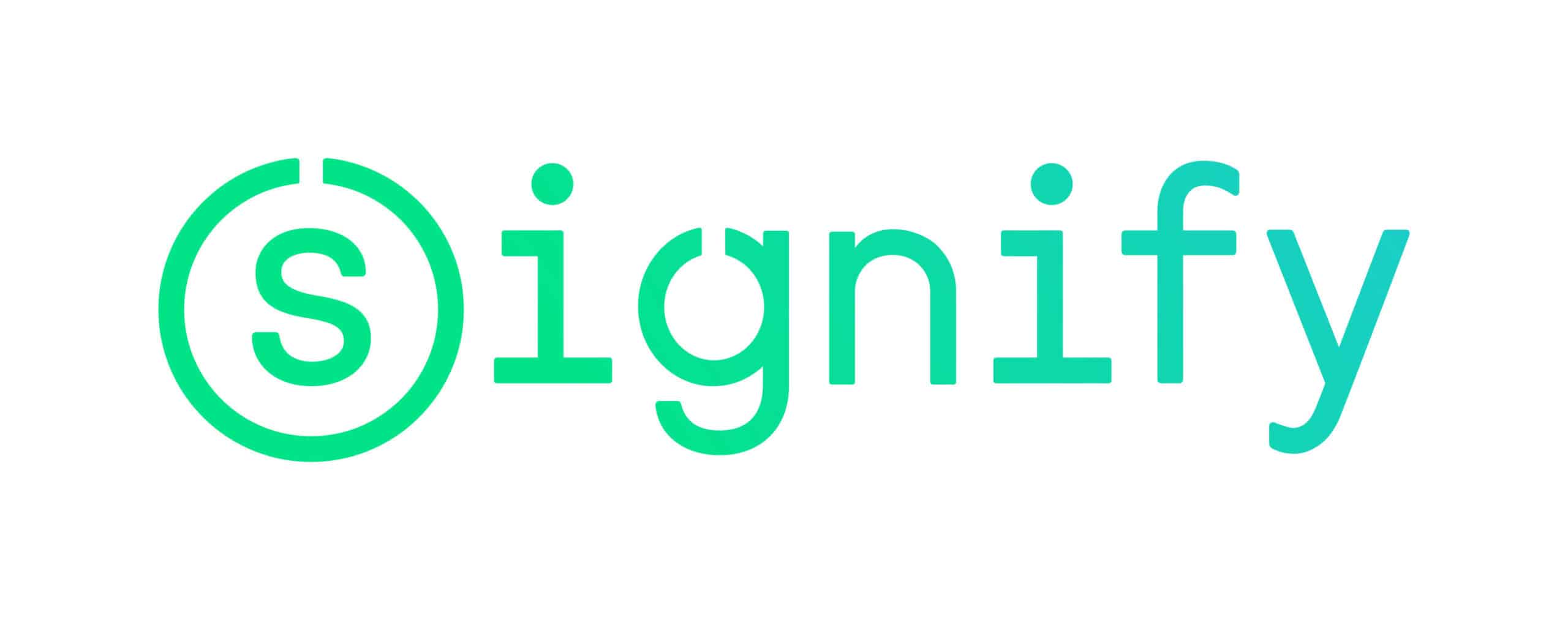Standardization and regulation manager Oscar Deurloo expands on Signify’s new ETIM Global Industry Membership.

Why is ETIM so important to Signify that you wanted to become actively involved in its further development?
Standardisation and legislation/regulation are my main fields of interest at Signify. ETIM is the only standard in product data standardisation, that has a position in the market. This, of course, is of importance for us, since standardisation has always been paramount to commercial success and acceptance in the market, from the screw fittings of light bulbs to well-functioning your Wi-Fi.
More and more customers use ETIM. Supplying data to our customers is an essential task and a standardised format like ETIM helps to reduce effort, time- and manpower. After all, we have to process the data of a very large and diverse set of products. Standardisation helps us. Not just in terms of efficient processing, but also with regard to data quality and the provision of customer-relevant information. By teaming up with relevant players in the supply chain, we can define the attributes our clients understand and need. A standard works on several levels here: our customers obviously benefit from the quality and uniformity ETIM offers and enables parties to speak the same language as their counterparts. We are excited to finally be a Global Industry Member, as it gives us the opportunity to positively influence the quality of the standard in a direct manner. This is important to us because in terms of product standards, ETIM is the only open standard in our industry when it comes to exchanging product information.
Looking at ETIM in general, what challenges do you think need addressing now?
The incorporation of sustainability aspects is a challenge. Not only do our wholesalers and their customers increasingly demand sustainable products, but they also need attributes to indicate this. Sustainability will also be imposed on us by law. The implication is that we need to supply our customers with information regarding the sustainability of our products as well as prepare for future sustainability regulation. Contributing to the incorporation of these sustainability attributes in the ETIM model is one of the reasons for Signify to become a Global Industry Member. Being a leading company in sustainability, we want to make sure that our customers have access to not only sustainable products made is a sustainable way, but also to the sustainability data of our products. It’s a journey that concerns all ETIM members, I think, and we are looking forward to sharing our ideas and collaborating closely with them along the way.
What challenges do you see with regard to your own industry?
Another important reason for us to become a Global Industry Member has to do with the developments in the field of lighting. The advancement of LED technology at the turn of the millennium was truly revolutionary and had big impact on the lighting industry. LED technology based lighting has big energy-saving potential, not just because it’s more efficient: it also allows for easier control of the lighting by means of smart controls, sensors etc. As building owners seek products that meet their needs to monitor energy consumption, detect defects and so on and street lighting managers want to be able to see how their street lighting are functioning without leaving their desks, ‘smart’ functions like dimmability, control/monitoring options, programmability, connectivity options need to be described in ETIM. Most of them have been incorporated in many of the lighting classes, but some classes need to be extended.
Sustainable lighting is the next important and complicated step. We need to discuss what properties are determinants, and what they mean under different circumstances. To give you an example, the carbon footprint of a lamp may vary from one place to another as a result of the energy source used to generate electricity, e.g. fossil vs. hydropower. In short, we have to add a whole new dimension to the model whilst mitigating the risk of adding so many variables, that the standard will soon lose its function. How exactly, I’m not sure yet. However, I do know we have to look very carefully at the relevance for the market and keep it simple: in the end, it is about giving customers the opportunity to compare sustainability aspects of products on an apples-to-apples basis. We have come a long way, but now it is time to make sure that we offer the exact information our customers need in order to choose wisely.
What is your fascination with standardisation?
During my professional career I became more and more aware of the fact that standardisation creates the conditions for success of the company. In engineering, it’s a prerequisite for the development of new products in general, as much as it is instrumental in terms of ensuring product safety. As Signify’s standardisation and regulation manager, my main task is to support my colleagues in being successful in their endeavours. I seek to share that knowledge whilst participating actively in shaping the ETIM model. As a Global Industry Member, we can now operate at ETIM international level and contribute to the development of the standard.
As a Global Industry Member, you have Signify’s best interests at heart, but also benefit from ETIM as an independent standard. Are these conflicting rationales?
The interest of Signify and ETIM are the same, we want the ETIM standard to be able to show the product characteristics in the right way. We have no interest in shaping a standard tailored to Signify products, as this is not in the interest of our customers. We want and need the model to work well for everyone today and in the future. We are the biggest player in lighting and that comes with responsibilities towards ETIM in developing a future proof standard.
What are your main objectives for the coming year?
In a year’s time, I hope we will have embedded new lighting functionalities in ETIM 10.0 to be visible for our customers. Moreover, I expect that we will have a strategy to deal with sustainability in ETIM.
